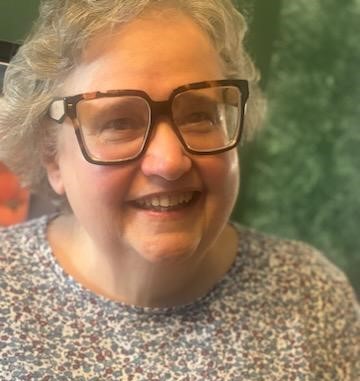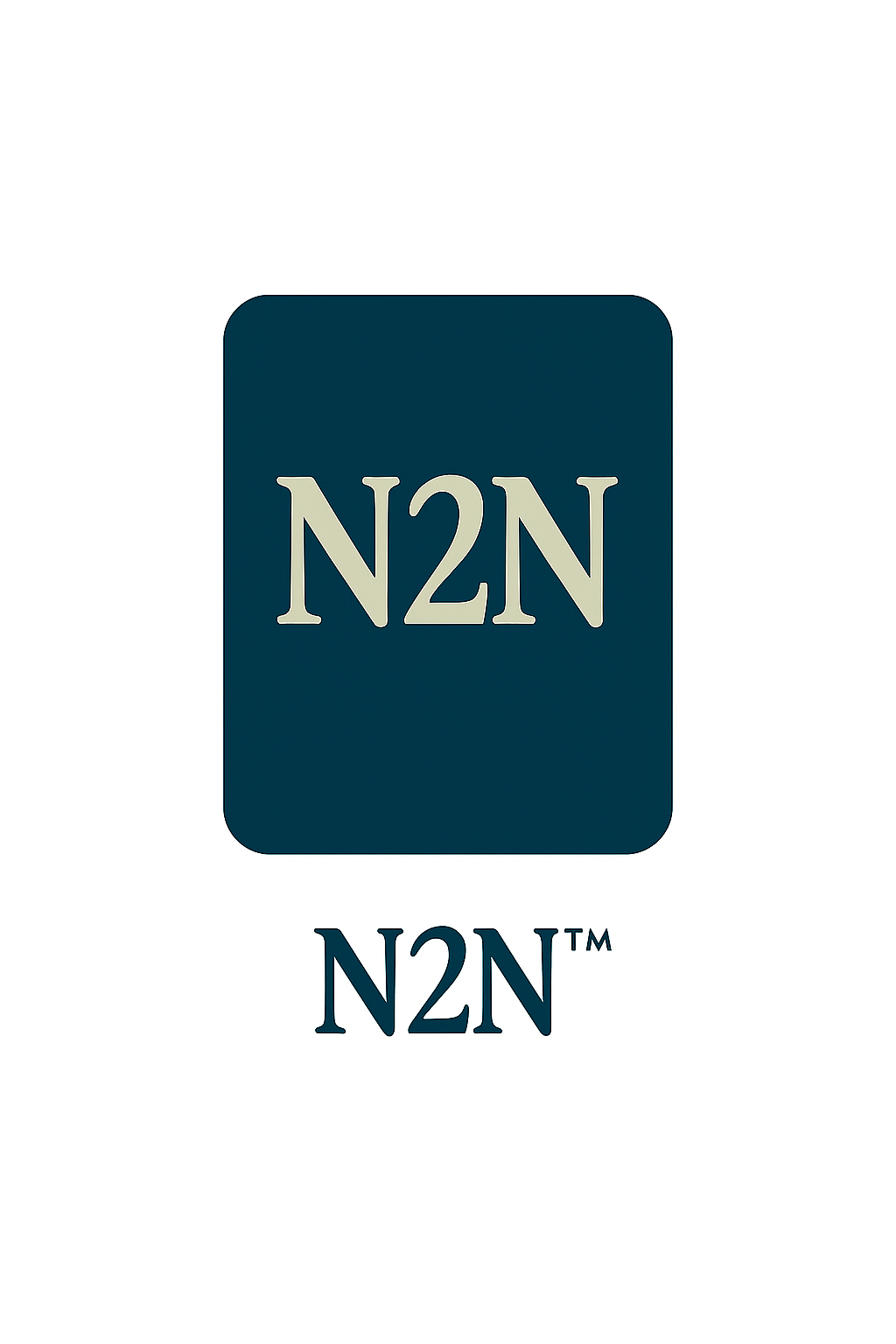Kathryn’s Story and Two Federal Nursing Educational Programs
My forthcoming novel—working title Sparrow’s Song—centers on Kathryn, a young woman of German-from-Russia heritage who joins the Army School of Nursing in 1918 during World War I. Later, she becomes a nursing instructor in a school that participates in the Cadet Nurse Corps during World War II.
In honor of the nursing profession, I want to share a bit about these two short-lived federal nursing education programs, both created during wartime to meet urgent national needs.
The Army School of Nursing: A Novel Approach to Supporting the War Effort During WWI
In July 1918, under the leadership of Annie Warburton Goodrich, the Army School of Nursing was established to train student nurses for service at domestic military bases. These students worked under experienced Army nurses and faculty, freeing up trained nurses to serve overseas. Though they trained on military bases, students remained civilians and weren’t required to join the Army Nurse Corps after graduation.
Applicants had to be between 21 and 35, have at least two years of high school, and show good moral character. The Army covered tuition, room, and board, and provided a $15 monthly stipend—making nursing education accessible to women from varied backgrounds.
Students were stationed at hospitals like Walter Reed in Washington, D.C. (where Kathryn is placed in the novel) and Letterman General Hospital in San Francisco. Their training focused on trauma care, surgery, infectious disease, and the needs of soldiers recovering from war injuries.
After the war ended in November 1918, student nurses continued to care for soldiers during the influenza pandemic. Fort Riley’s Camp Funston in Kansas was a major outbreak site, and some student nurses—Alice Baker, Fyvie Horne, and Christine Colburn—were among the first casualties.
By March 1919, with the war over and medical needs declining, students were given the option to complete their training or return home. Many left to marry or resume civilian life. Kathryn chooses to stay.
The Army School of Nursing continued for a time but was eventually phased out during the Great Depression.
The Cadet Nurse Corps: Answering America’s Call for Nurses in WWII
By 1943, the U.S. faced a severe nursing shortage. President Roosevelt signed the Nurse Training Act, creating the Cadet Nurse Corps to quickly train nurses for wartime service. Unlike WWI, the government didn’t build new schools—it subsidized existing ones. By this time, Kathryn is teaching in a participating school.
Programs were accelerated from three years to 30 months. Cadet nurses received free tuition, uniforms, textbooks, and a monthly stipend. In exchange, they pledged to serve in essential nursing roles for the duration of the war—though there were no penalties for leaving early.
Recruitment was aggressive: a $13 million campaign featured Hollywood stars, magazine covers, and even a custom lipstick. Uniforms were designed by fashion experts and supplied by J.C. Penney—gray wool for winter, striped cotton for summer, with a beret and Maltese Cross insignia.
Schools received federal funding to expand facilities. Most senior cadets trained at their home hospitals, earning $30/month in civilian settings or $60/month in federal institutions.
The program ran through October 1945. By the end, 169,443 women had enrolled—83% of nursing students in participating schools. Of those, 124,065 completed their training, helping meet the country’s wartime and postwar healthcare needs.
Kathryn’s story is shaped by both programs. As a poor ethnic German in the Army School of Nursing in 1918, she faces prejudice from classmates with money and status. In 1943, while teaching in a Cadet Nurse Corps school, she supports the admission of its first Black students. Prejudice doesn’t look much different in 1943 than it had in 1918.

